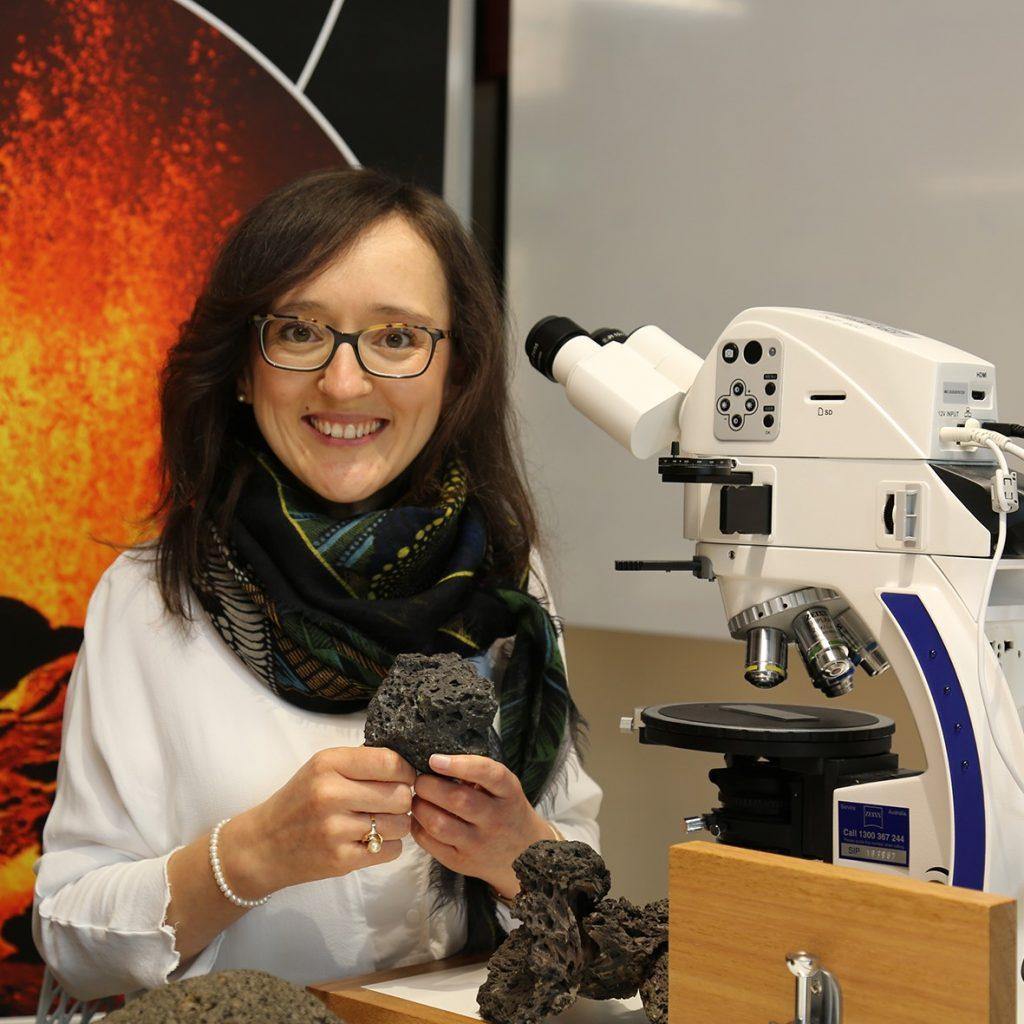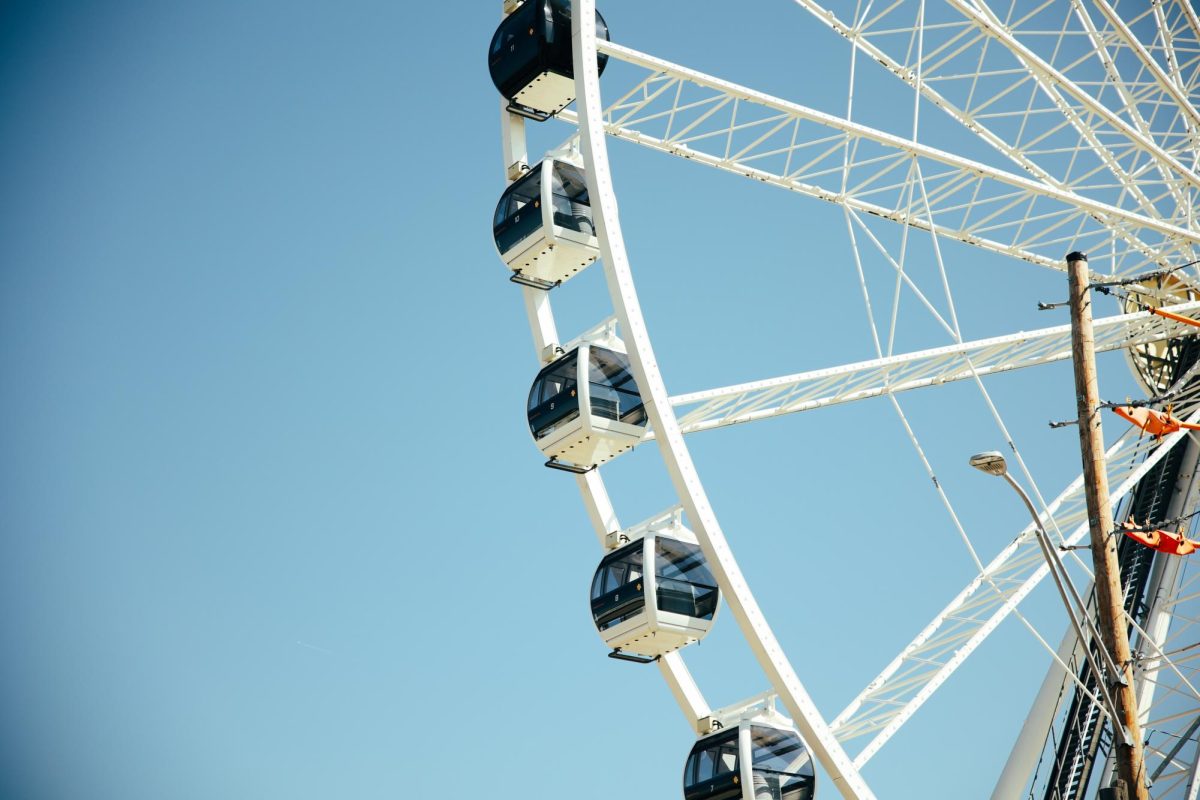Volcanoes are one of the deadliest natural disasters, killing approximately 29,000 people since the 1980s. There are around 1,500 active volcanoes worldwide and many more below the ocean waves. Fortunately, scientists are studying these deadly landforms to decode the warning signs and protect human life. One woman in STEM finding new ways to identify these warnings is Dr. Teresa Ubide, an igneous petrologist and volcanologist.
Ubide was born and raised in San Sebastián, Spain. She was interested in the environment and how the Earth works from a young age, and her mother encouraged her to pursue her dreams. She did her postgraduate research at the University of Zaragoza in Spain and Vrije Universiteit Amsterdam in The Netherlands. She completed her Ph.D. in geology from the University of Zaragoza in 2013.
After completing her doctorate, Ubide moved to Ireland to accept a research fellowship at Trinity College in Dublin. Her work with Trinity College would lay the groundwork for her ongoing career. She studied volcanic crystals, some as small as a grain of salt, and the chemical information they preserve.
Deep beneath the surface of a volcano, a reservoir of magma waits for the next eruption. The high heat and pressure makes studying the reservoir challenging, so Dr. Ubide instead looked at crystals formed in the reservoir and brought to the surface in the eruption. The crystals preserve information about the chemicals and history of the magma reservoir, similar to records taken from ice cores. A laser allows small slices of crystal to be analyzed for trace elements.
In 2016, Ubide joined the School of Earth and Environmental Sciences at the University of Queensland in Brisbane, Australia, where she continues to work today.
In the last two years, she studied crystals from Europe’s most active volcano, Mount Etna in Italy. She uses an ultraviolet laser, similar to the ones used in eye surgery, to remove thin layers of crystal before analyzing them with a mass spectrometer and looking for changes in the trace chemicals from various layers. From the crystal records, Dr. Ubide determined that many eruptions occur less than two weeks after new magma enters the reservoir. This can be used as an early eruption warning.
Ubide won many honors for her research, including the 2016 Australian People’s Choice Award at 180 Seconds of Science and the Young Tall Poppy Award in 2018. She’s the chair of the Dorothy Hill Women in Earth Sciences Symposium and vice president of the Women in Earth and Environmental Science in Australia network. This year, she was named a Superstar of STEM by Science and Technology Australia.
“I’m truly honored and extremely excited to represent women in science and help inspire the next generation of female scientists,” Ubide said. “I hope to convey my excitement of science and discovery – especially in the field of volcanology – and empower girls to study in STEM fields.”
Are you interested in empowering women in the STEM fields? The Women in Science (Wi-Sci) group wants you! Email President Emily Larner (emily.larner@mail.umkc.edu) for more information.
mew9bc@mail.umkc.edu








